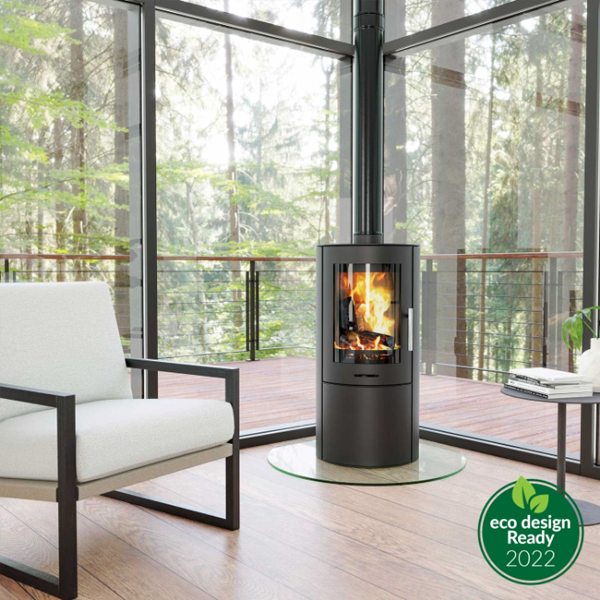When property owners consider a kitchen upgrade, the decision of a new stove can be both thrilling and daunting. Amid a wide array of options on the market, including gas, electric, and induction cooktops, it is essential to manage the installation process with knowledge and attention. Stove installation is not just about selecting the right appliance; it also involves understanding the technicalities, safety protocols, and local regulations that must be considered. This guide aims to illuminate the latest trends and innovations in stove installation, empowering homeowners to take informed decisions.
In the current fast-evolving home improvement landscape, engaging a qualified stove installation specialist has grown more important than ever. These experts are not just skilled at ensuring a seamless installation but also possess a deep understanding of safety precautions and compliance with local codes. Whether https://mirandamadsen76.livejournal.com/profile are contemplating a conversion from electric to gas, enhancing your current stove, or simply replacing an outdated model, it is important to be aware of the various factors that influence the installation process. By getting acquainted with what to expect, you can set the stage for a successful and efficient kitchen transformation.
Selecting the Right Stove: Gas vs. Electrical
In the process of choosing a stove for your kitchen, the decision often revolves around deciding between gas and electric models. Both option has its distinct benefits and drawbacks that can significantly impact your cooking experience. Natural gas stoves are known for their rapid and responsive heat, which allows for accurate temperature control. Many professional chefs prefer gas for its ability to quickly adjust flame intensity, providing an benefit in cooking techniques that need exacting heat levels.
On the contrary, electrical stoves, including induction cooktops, offer convenience and safety features that may be appealing to many homeowners. Electrical models are typically easier to clean due to their smooth surfaces and often come with functions such as timers and auto shut-off features. Furthermore, induction stoves heat up more rapidly than traditional electric stoves and only warm the cookware, making them energy-saving and lowering the risk of burns.

Ultimately, the choice between gas and electric stoves should take into account factors such as cooking habits, kitchen configuration, and individual preference. Homeowners should consider how they normally cook and whether the specific benefits of one type over the other matches with their culinary style. Additionally, access to gas lines and local utility regulations may also influence this decision, making it essential to assess both options thoroughly.
Preparing for Your Stove Setup
Before the installation of your stove, it is essential to ensure that the kitchen is well prepared. Start by measuring the space where the stove will be placed. Verify that the measurements match the specifications of the stove. This includes the height, width, and depth to ensure a proper fit. Clear the area of any items or clutter to facilitate easy access for the installers. Additionally, check that the flooring can bear the weight of the new stove and is in good condition to prevent any issues during installation.
Next, assess any necessary connections that will connect to the stove. If you're going with a gas stove, check that you have an appropriate gas line installed and consider whether an upgrade is needed. For electric appliances, ensure that the electrical outlet is adequate for the appliance's needs. It's also recommended to confirm that your kitchen has adequate ventilation, particularly for gas stoves, to avoid any hazards. Address any concerns in preparation to simplify the installation process.
Finally, investigate and verify any local codes and permits required for appliance installation. This can include and may not be limited to safety regulations and building codes related to gas or electric appliances. Consulting your stove installation expert can assist clarify what is required. Preparing in advance will not only accelerate the installation but also provide for a safe and compliant setup for your new cooking appliance.
Safety and Compliance in Cooktop Installation
Regarding stove installation, safety should consistently be the primary priority. Correct installation is crucial to prevent potential hazards such as gas escape, flames, and electric shocks. Homeowners should be informed of the regional stove installation codes and regulations that pertain to their neighborhood. These codes often specify requirements for venting, clearance around the stove, and necessary permits. Neglecting these regulations can not only compromise safety but may also lead to lawsuits down the line.
Alongside adhering to local codes, ensuring that the installation is performed by a qualified professional is critical. Professionals have the skill to address the complexities of both gas and electric stove installations, including the potential need for electrical upgrades or gas line changes. They know the safety measures required, such as sufficient ventilation for gas stoves and the correct outlets for electric devices. This not only facilitates in adherence with safety regulations but also ensures emotional peace of mind for homeowners.
After installation, it’s important to perform regular maintenance and safety checks. Homeowners should know how to prevent gas leaks and notice the signs of potential issues, such as strange smells or appliance performance problems. Regular inspections can help identify maintenance needs before they become serious issues. By emphasizing safety and compliance at all levels of the stove installation process, homeowners can enjoy their modern kitchen appliance with certainty and security.
